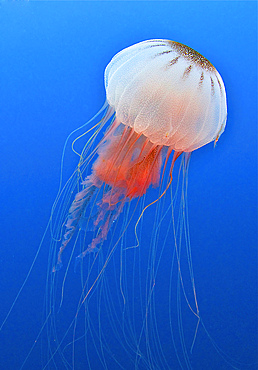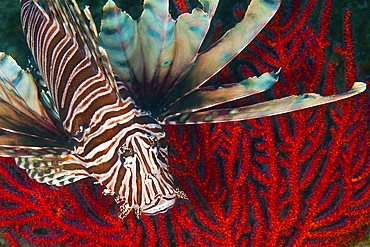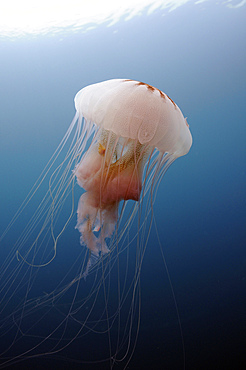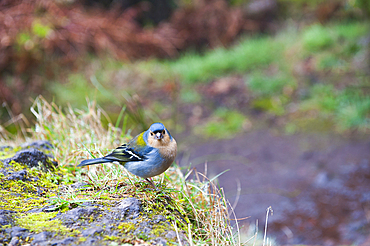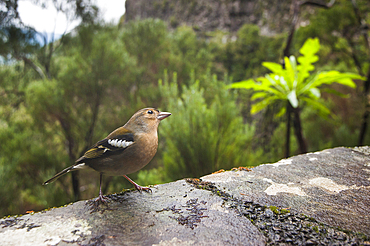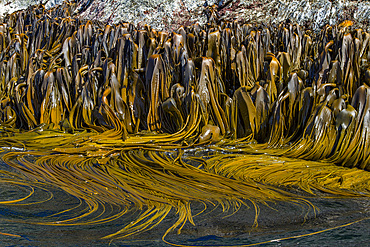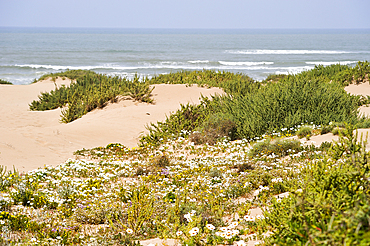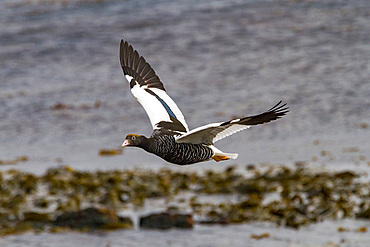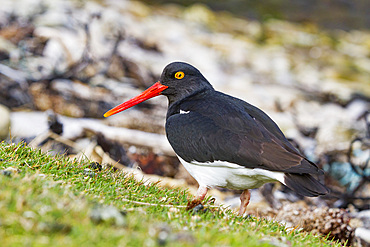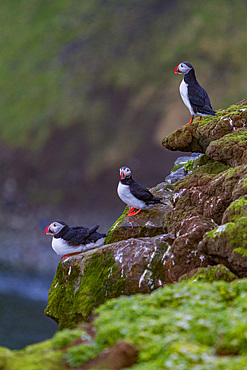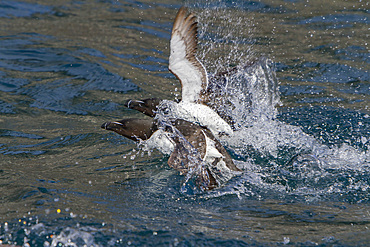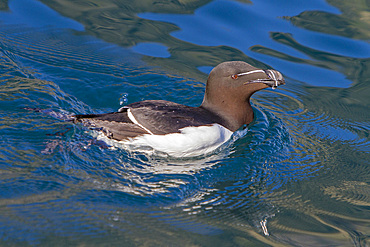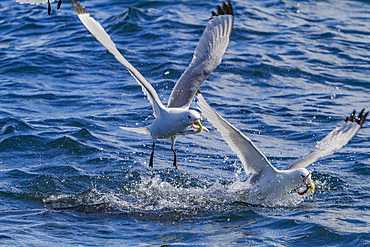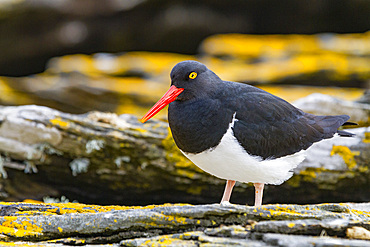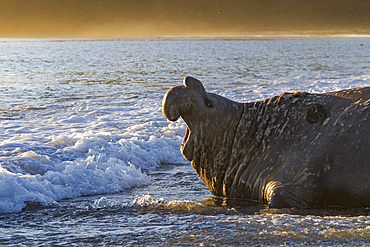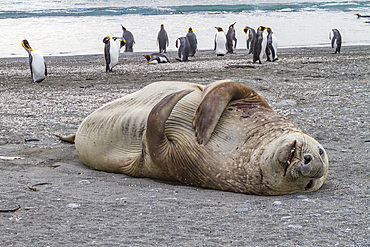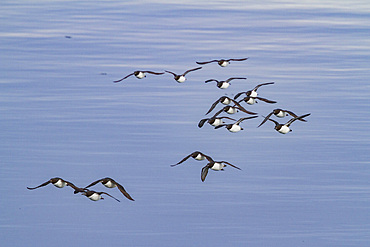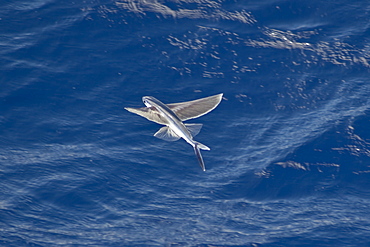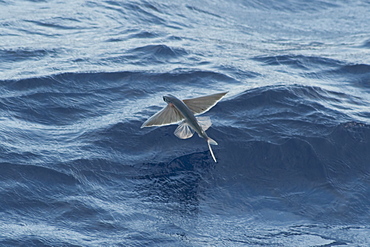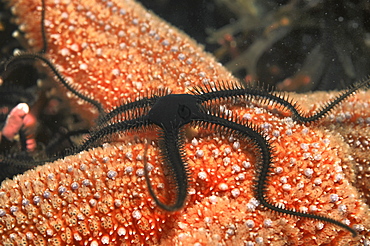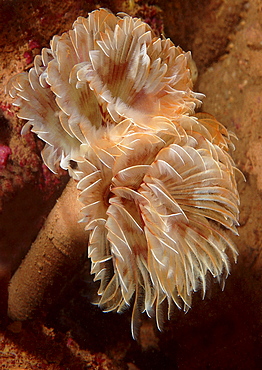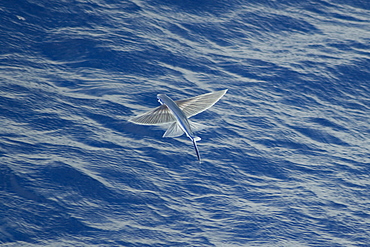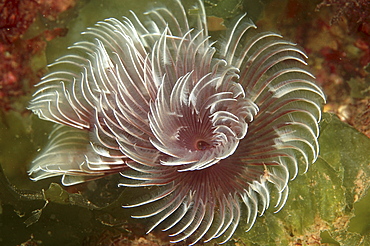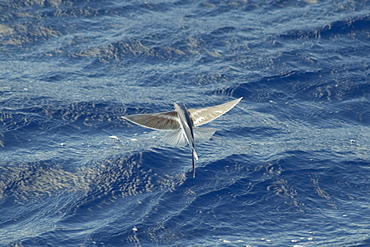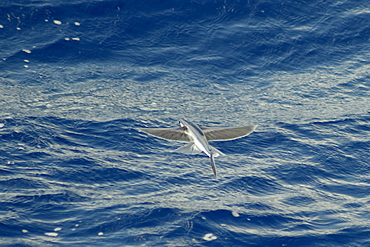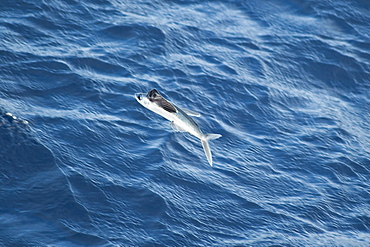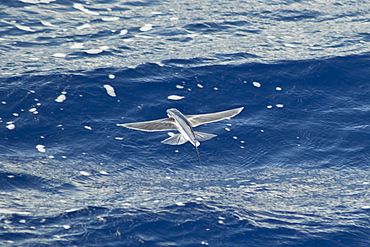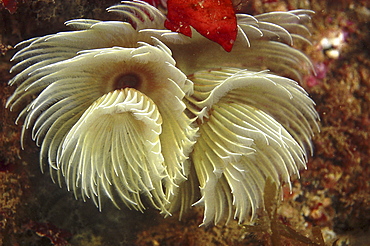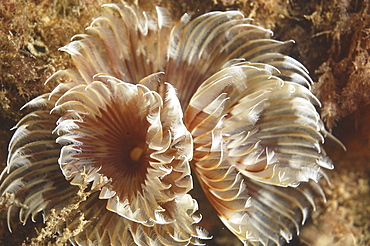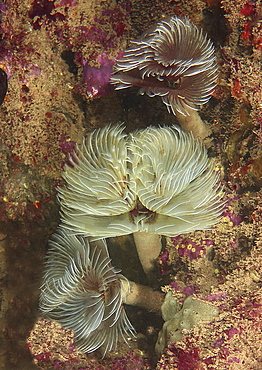Results
51 results found
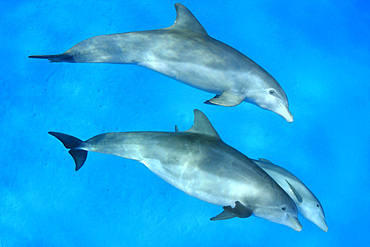
A pair of Atlantic bottlenose dolphins (Tursiops truncatus), in the Bahama Banks, Bahamas, Central America
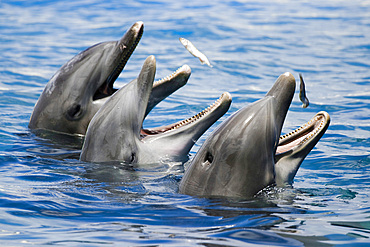
Atlantic bottlenose dolphins (Tursiops truncatus), feeding on small fish, United States of America, North America
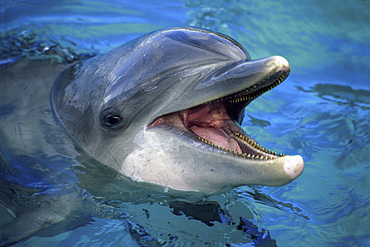
An Atlantic bottlenose dolphin (Tursiops truncatus) head above water, United States of America, Pacific, North America
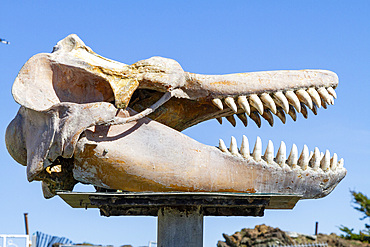
Skull of an adult killer whale (Orcinus orca), on display inside the town of Stanley, Falkland Islands, South Atlantic Ocean, South America

Adult black noddy (Anous minutus) breeding site on Boatswain Bird Island just off Ascension Island, South Atlantic Ocean
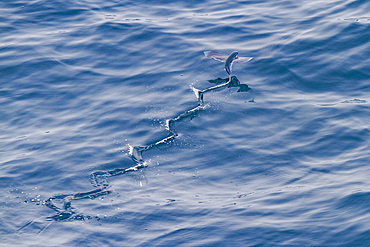
Flying fish from the family Exocoetidae take flight as the ship flushes them just off Ascension Island in the southern tropical Atlantic Ocean, South Atlantic Ocean
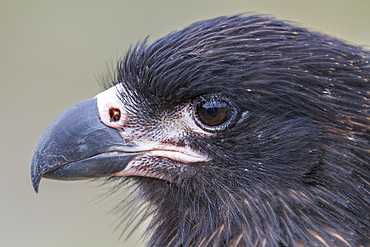
Adult striated caracara (Phalcoboenus australis), close-up, on Carcass Island in the Falkland Islands, South Atlantic Ocean, South America
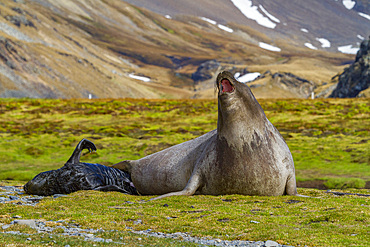
Pregnant female southern elephant seal (Mirounga leonina) giving birth on the beach in Stromness Bay, South Georgia Island
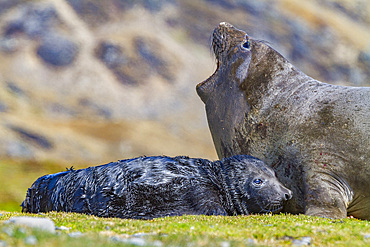
Female southern elephant seal (Mirounga leonina) with newborn pup on the beach in Stromness Bay, South Georgia Island
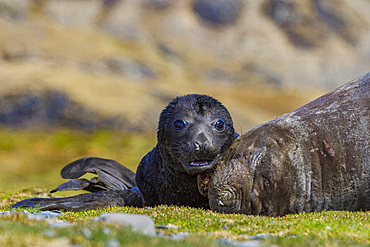
Female southern elephant seal (Mirounga leonina) with newborn pup on the beach in Stromness Bay, South Georgia Island
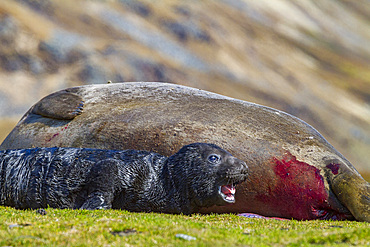
Female southern elephant seal (Mirounga leonina) with newborn pup on the beach in Stromness Bay, South Georgia Island
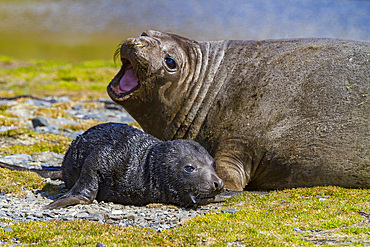
Female southern elephant seal (Mirounga leonina) with newborn pup on the beach in Stromness Bay, South Georgia Island
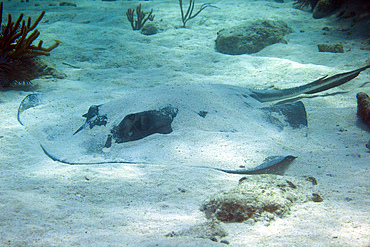
A large Southern Stingray (Dasyatis americana), lays motionless covered in sand but ready to fly away with wing tips slightly elevated above the sand, alongside a coral reef in the Atlantic Ocean off the coast of Key Largo, Florida.

A Spotted Trunkfish (Lactophrys bilcaudalis) swims over an algae covered coral reef in the Atlantic Ocean off the coast of Key Largo, Florida.
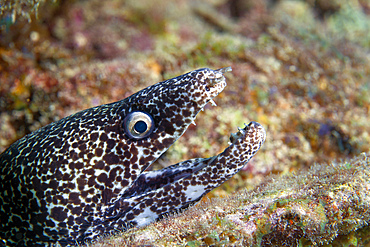
A Spotted Moray Eel (Gymnothorax moringa) displays an open mouth as it protrudes it's head just outside a hole in a coral reef in the Atlantic Ocean off the coast of Key Largo, Florida.
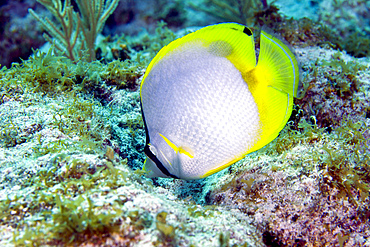
A Spotfin Butterflyfish (Chaetodon ocellatus) feeding off the coral reef in the Atlantic Ocean off the coast of Key Largo, Florida.
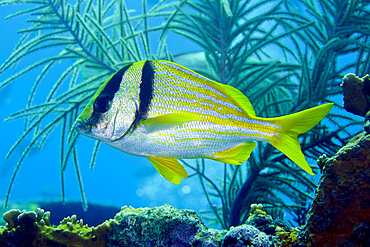
A Porkfish (Anisotremus virginicus) swims by sea plumes out from under a coral reef ledge in the Atlantic Ocean off the coast of Key Largo, Florida.
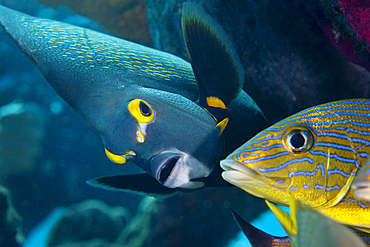
A French Angelfish (Pomacanthus paru) swims up close to a Blue Striped Grunt (Haemulon sciurus) under a coral reef ledge in the Atlantic Ocean off the coast of Key Largo, Florida.
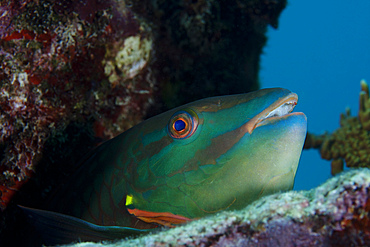
A Rainbow Parrotfish (Scarus guacamaia) pokes it's head out from a hole in the coral reef in the Atlantic Ocean off the coast of Key Largo, Florida.
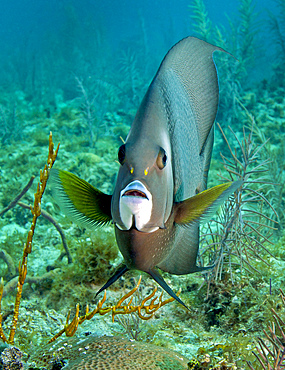
A Gray Angelfish (Pomacanthus arcuatus) swims by diamond and fire corals in the shallow waters of the Atlantic Ocean off the coast of Key Largo, Florida.

A Blue Parrotfish (Scarus coeruleus) swimming up after munching on the coral reef below in the Atlantic Ocean off the coast of Key Largo, Florida.

A Blue Chromis (Chromis cyanea) swims into the current to maintain station over a colorful reef in the Atlantic Ocean off the coast of Key Largo, Florida.
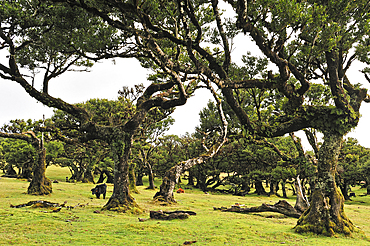
Pluri-centenarian laurel trees around Fanal, Paul da Serra plateau, Madeira island, Atlantic Ocean, Portugal
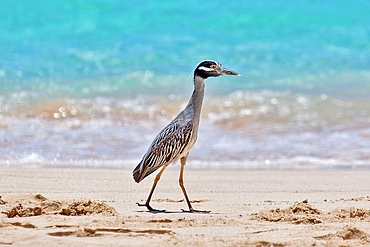
Yellow Crowned Night Heron (Nyctanassa Violacea), wading bird of the Americas that feeds on crustacea, Bermuda, Atlantic
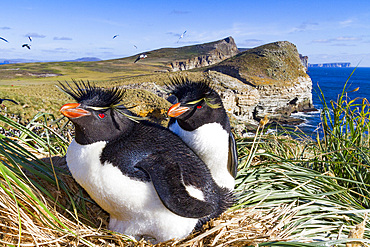
Adult rockhopper penguins (Eudyptes chrysocome chrysocome) at breeding and molting colony on New Island, Falkland Islands
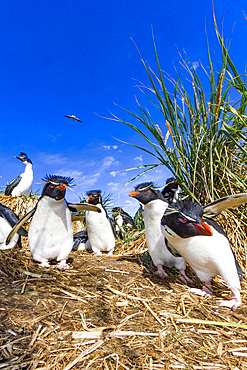
Adult rockhopper penguins (Eudyptes chrysocome chrysocome) at breeding and molting colony on New Island, Falkland Islands
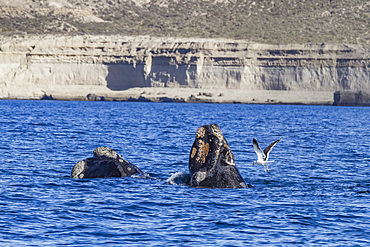
Southern Right Whale (Eubalaena australis) mother and calf being harassed by kelp gull, Peninsula Valdez, Argentina
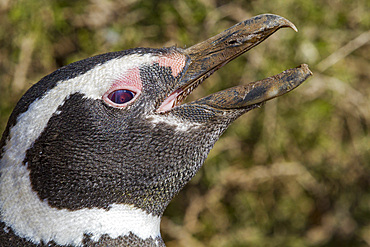
Magellanic penguin (Spheniscus magellanicus) at a breeding and molting site in Estancia San Lorenzo, Argentina
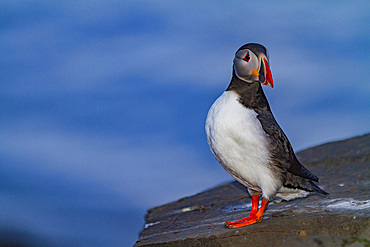
Adult Atlantin puffin (Fratercula arctica) during breeding season, Isfjardardjup, Westfjords region, Northwestern Iceland
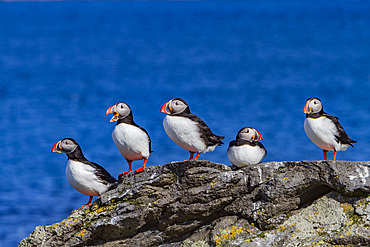
Adult Atlantin puffin (Fratercula arctica) during breeding season, Isfjardardjup, Westfjords region, Northwestern Iceland
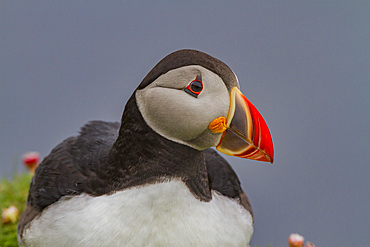
Adult Atlantin puffin (Fratercula arctica) during breeding season on Sumburgh Head, Shetlands, Scotland, United Kingdom
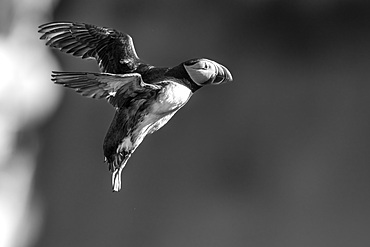
Black and whilte image of an Atlantic Puffin (Fratercula arctica), after having jumped from a cliff edge in Borgarfjaroarhofn, Iceland, Polar Regions
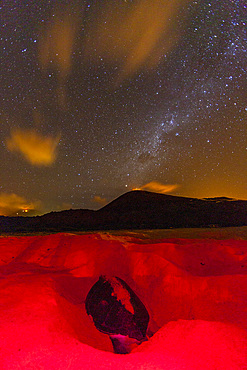
Green Sea Turtle (Chelonia mydas) nesting site at night on Long Beach on Ascension Island, Tropical Atlantic Ocean, South Atlantic Ocean
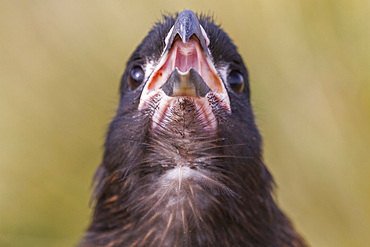
Adult striated caracara (Phalcoboenus australis), close-up, on Carcass Island in the Falkland Islands, South Atlantic Ocean, South America
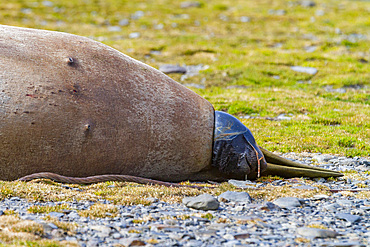
Pregnant female southern elephant seal (Mirounga leonina) giving birth on the beach in Stromness Bay, South Georgia Island
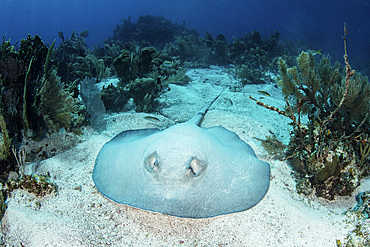
A large roughtail stingray (Dasyatis centroura) rests on the seafloor near Turneffe Atoll, Belize. This species is found throughout much of the Atlantic near reefs.
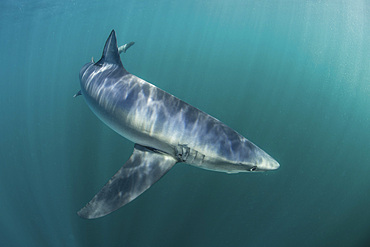
A sleek blue shark (Prionace glauca) cruises through the cold waters off Cape Cod, Massachusetts, in the Atlantic Ocean. These beautiful elasmobranchs are found throughout the world in both temperate and tropical seas and are a species listed as Near Thre
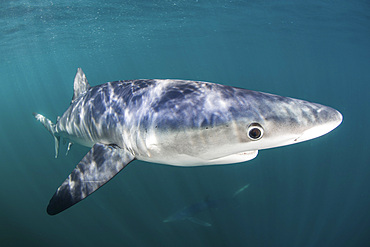
A sleek blue shark (Prionace glauca) cruises through the cold waters off Cape Cod, Massachusetts, in the Atlantic Ocean. These beautiful elasmobranchs are found throughout the world in both temperate and tropical seas and are a species listed as Near Thre
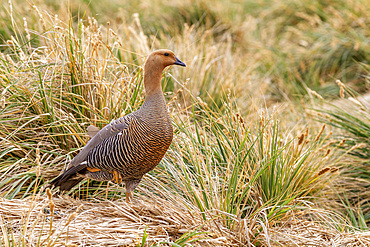
Adult female Magellan goose (upland goose) (Chloephaga picta), on New Island in the Falkland Islands, South Atlantic Ocean, South America
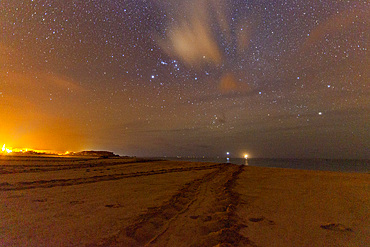
Green Sea Turtle (Chelonia mydas) nesting site at night on Long Beach on Ascension Island, Tropical Atlantic Ocean, South Atlantic Ocean
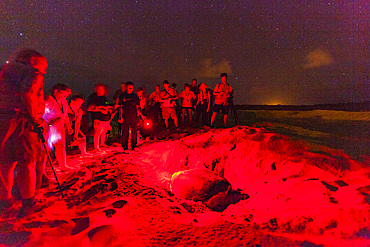
Tourists at Green Sea Turtle (Chelonia mydas) nesting site at night on Long Beach on Ascension Island, Tropical Atlantic Ocean, South Atlantic Ocean

Flying fish from the family Exocoetidae take flight as the ship flushes them just off Ascension Island in the southern tropical Atlantic Ocean, South Atlantic Ocean
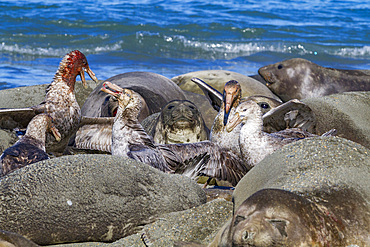
Northern giant petrels (Macronectes halli) fighting over the scavenging rights to a dead elephant seal pup at Royal Harbor, South Georgia
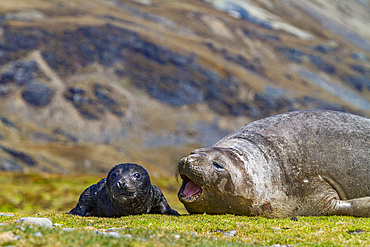
Female southern elephant seal (Mirounga leonina) with newborn pup on the beach in Stromness Bay, South Georgia Island
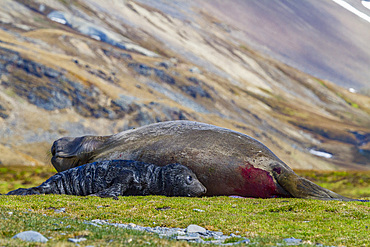
Female southern elephant seal (Mirounga leonina) with newborn pup on the beach in Stromness Bay, South Georgia Island
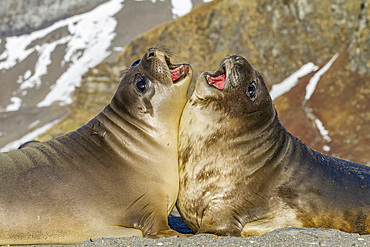
Male southern elephant seal (Mirounga leonina) pups mock fighting on South Georgia Island, Southern Ocean
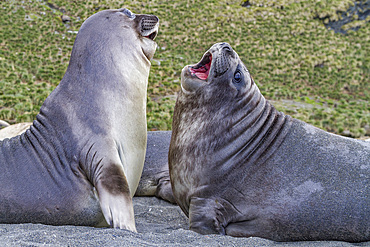
Male southern elephant seal (Mirounga leonina) pups mock fighting on South Georgia Island, Southern Ocean
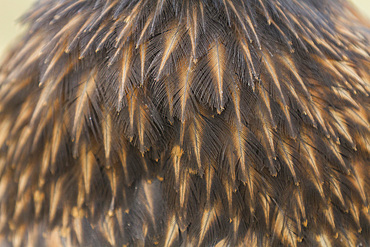
Striated caracara (Phalcoboenus australis) feather detail, on Carcass Island in the Falkland Islands, South Atlantic Ocean, South America
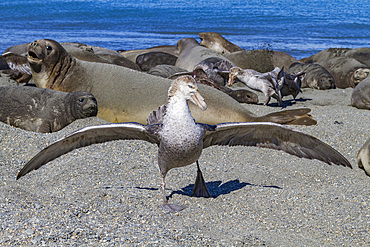
Northern giant petrels (Macronectes halli) fighting over the scavenging rights to a dead elephant seal pup at Royal Harbor, South Georgia
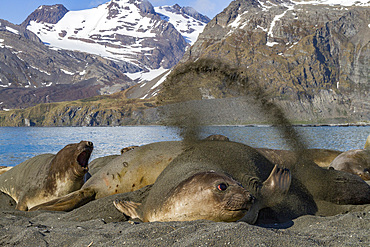
Adult female southern elephant seal (Mirounga leonina) flipping sand onto its back to cool off on South Georgia Island, Southern Ocean

Southern Right Whale (Eubalaena australis) adult surfacing near Puerto Pyramides, Peninsula Valdez, Argentina
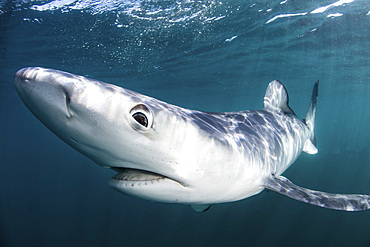
A sleek blue shark (Prionace glauca) cruises through the cold waters off Cape Cod, Massachusetts, in the Atlantic Ocean. These beautiful elasmobranchs are found throughout the world in both temperate and tropical seas and are a species listed as Near Thre
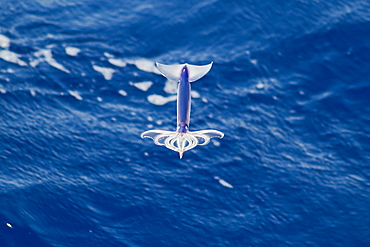
Flying Squid Species in mid-air, roughly 100 nm North of Tristan Da Cunha, South Atlantic Ocean. Flying Squid use membranes between their tentacles (visible on pic) & two fins at the rear of the mantle to glide through the air in a similar way to flying fish.

Flying Fish Species (scientific name unknown) rare unusual image, in mid-air. South Atlantic Ocean. MORE INFO: Note the trail on the surface of the water made by its tail.

Flying Squid Species in mid-air (Ommastrephes bartramii). Extremely rare unusual image. South Atlantic Ocean. MORE INFO: Flying Squid use membranes between their tentacles (visible on pic) & two fins at the rear of the mantle to glide through the air in a similar way to flying fish. These unique adaptations allow them to avoid predation more easily. Ommastrephid squids are among the strongest swimmers in the Cephalopoda. A number of species are fished commercially. This particular species (Ommastrephes bartramii), is commonly known as "Neon Flying Squid" due to its colouration and its ability to glide over the ocean surface as seen in the photographs. Please note that this is a genuine image of a wild animal in its natural environment. It is not a digital manipulation.
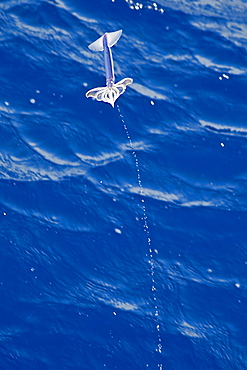
Flying Squid Species in mid-air leaving a water trail behind it, roughly 100 nm North of Tristan Da Cunha, South Atlantic Ocean. Flying Squid use membranes between their tentacles (visible on pic) & two fins at the rear of the mantle to glide through the air in a similar way to flying fish.
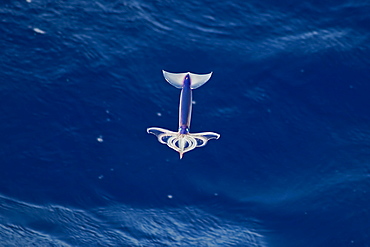
Flying Squid Species in mid-air, roughly 100 nm North of Tristan Da Cunha, South Atlantic Ocean. Flying Squid use membranes between their tentacles (visible on pic) & two fins at the rear of the mantle to glide through the air in a similar way to flying fish.
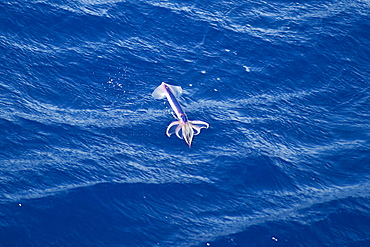
Flying Squid Species in mid-air, roughly 100 nm North of Tristan Da Cunha, South Atlantic Ocean. Flying Squid use membranes between their tentacles (visible on pic) & two fins at the rear of the mantle to glide through the air in a similar way to flying fish.
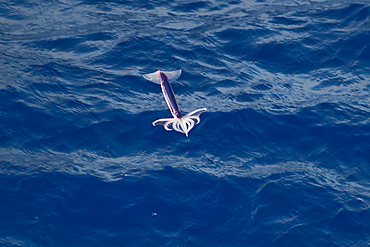
Flying Squid Species in mid-air (Ommastrephes bartramii). Extremely rare unusual image. South Atlantic Ocean. MORE INFO: Flying Squid use membranes between their tentacles (visible on pic) & two fins at the rear of the mantle to glide through the air in a similar way to flying fish. These unique adaptations allow them to avoid predation more easily. Ommastrephid squids are among the strongest swimmers in the Cephalopoda. A number of species are fished commercially. This particular species (Ommastrephes bartramii), is commonly known as "Neon Flying Squid" due to its colouration and its ability to glide over the ocean surface as seen in the photographs. Please note that this is a genuine image of a wild animal in its natural environment. It is not a digital manipulation.
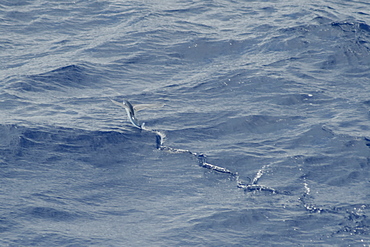
Flying Fish Species, note the trail on the surface of the water made by its tail, South Atlantic Ocean.
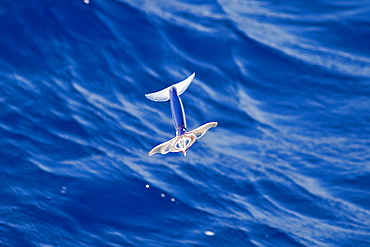
Flying Squid Species in mid-air, roughly 100 nm North of Tristan Da Cunha, South Atlantic Ocean. Flying Squid use membranes between their tentacles (visible on pic) & two fins at the rear of the mantle to glide through the air in a similar way to flying fish.
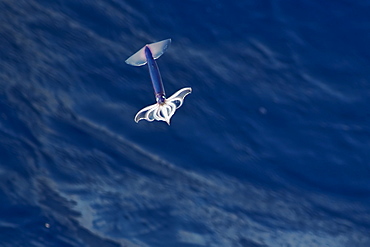
Flying Squid Species in mid-air (Ommastrephes bartramii). Extremely rare unusual image. South Atlantic Ocean. MORE INFO: Flying Squid use membranes between their tentacles (visible on pic) & two fins at the rear of the mantle to glide through the air in a similar way to flying fish. These unique adaptations allow them to avoid predation more easily. Ommastrephid squids are among the strongest swimmers in the Cephalopoda. A number of species are fished commercially. This particular species (Ommastrephes bartramii), is commonly known as "Neon Flying Squid" due to its colouration and its ability to glide over the ocean surface as seen in the photographs. Please note that this is a genuine image of a wild animal in its natural environment. It is not a digital manipulation.
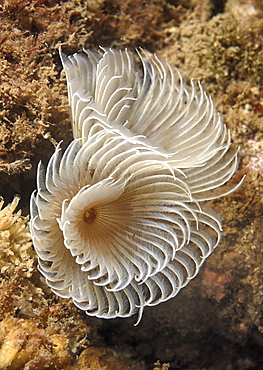
Feather Duster Worm (Species unknown) Babbacombe, Torquay, South Devon, UK
Restricted resolution (Please contact us). (RR)
